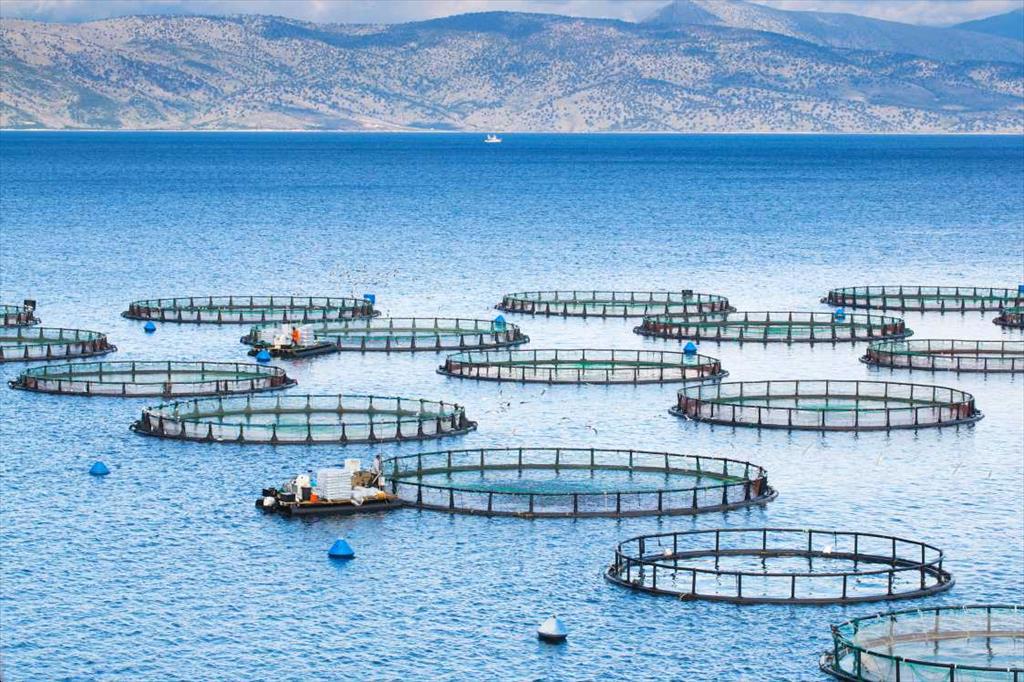Deputy Prime Minister Le Van Thanh has recently signed Decision No.1664/QD-TTg approving a project on marine aquaculture development till 2030 with a vision to 2045.

Deputy Prime Minister Le Van Thanh has recently signed Decision No.1664/QD-TTg approving a project on marine aquaculture development till 2030 with a vision to 2045.
The overall goal of the project is developing a synchronous, safe, effective, sustainable and eco-friendly marine aquaculture, producing branded products to meet domestic and foreign demand, generating jobs and improving income of residential community in coastal areas, contributing to protecting the security of the country’s seas and islands.
By 2025, the project targets having 280,000ha for aquaculture, achieving an output of 850,000 tonnes and export revenue of 800 million – 1 billion USD.
By 2045, sea farming will become an important part of the fishery sector with modern management, contributing to over 25 percent of the total output and earning more than 4 billion USD in export turnover.
To such end, a synchronous infrastructure will be developed to serve the industry. Specifically, a fleet of logistics vessels and offshore marine farming areas will be set up in key provinces.
As for inshore sea farming, priority will be given to competitive consumption markets and growing various species in combination with resources protection and management in coastal areas.
For cities and provinces from Quang Ninh to Ninh Binh, the Hai Phong – Quang Ninh area will be built into a sea aquaculture centre with concentrated mollusca breeding areas, thus meeting domestic and regional demand.
The cities and provinces from Thanh Hoa and Binh Thuan will develop sea aquaculture in tandem with seafood processing, logistics services, building and operating a mobile model for effective and sustainable exploitation and management of lobster breeding.
The cities and provinces from Ba Ria – Vung Tau to Kien Giang will harmoniously combine sea farming with services, marine ecological tourism, wind power and processing industry.
Under the draft project, offshore marine farming areas will be established in key cities and provinces such as Quang Ninh, Hai Phong, Quang Ngai, Phu Yen, Khanh Hoa, Ninh Thuan, Binh Thuan, Ba Ria – Vung Tau, Ca Mau and Kien Giang and several others with favourable natural conditions.
Source: VNA